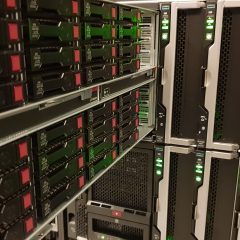Deploy the Trend Worry Free Business Client via Group Policy
KB ID 0000491 Problem Trend Worry Free is a nice product, though to deploy the client software out to your machines, you need them to be switched on, have the firewalls off, and the remote registry service running. You can of course connect the clients to the web portal and install the client on a machine by machine basis, (default https://servername:4343), but if you are rolling out a lot of machines this can get tedious. So you can...
Migrating – Folders and Share Permissions
KB ID 0000427 Problem Usually If I’ve got a lot of user profiles and data to shift, I use the clients backup software, copying user and group permission’s is pretty easy, xcopy can do that quite happily. The problem is migrating the shares and share permissions, that’s got to be done manually, for a few folders that’s easy to do, but if they have a LOT of shared folders that can be a problem. So heres how to...
Windows Server – Setup Home Folders and Profile Folders
KB ID 0000739 Problem A while back I got an email, Message: Hallo Pete, Can you make a tutorial for me for sharing a Home Folder or Profile Path folder for every user? It’s hard to get one. Thanks in advance. Sincerely, Matthew Wittenberg </br Well it’s taken me a while (sorry!) But here you go, Solution Creating and Allocating Home Folders to Users 1. Create a folder that is on a drive or volume with plenty of room....



